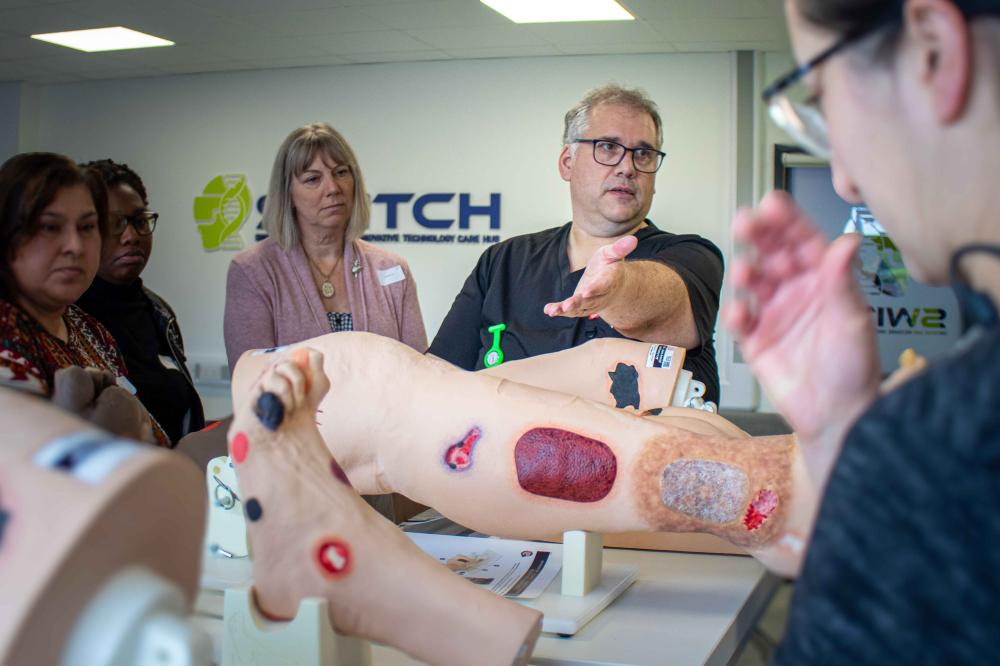The number of childcare places within reach of families in Swindon was below the national average, new figures show.
Coram Family and Childcare charity said the UK childcare system is in "dire need" of reform, as too many disadvantaged children cannot access it.
Office for National Statistics figures show there were 23 childcare places accessible in Swindon for every 100 children under seven in the area.
This was below the national rate of 25 childcare places for every 100 kids in England.
The figures refer to spatial accessibility, looking at the number of services people can reach near to where they live.
Across the country, there was a significant disparity for the richest and poorest areas as nine out of the top ten areas had an above-average gross disposable household income.
In Swindon, the average gross disposable household income was £19,800 based on the most recent data – lower than the national average of £22,200.
Lydia Hodges, head of Coram Family and Childcare, said the ONS statistics "present a worrying picture".
She added: "A well-functioning childcare system is a key tool in tackling disadvantage, by helping families increase their income and improving educational outcomes for children.
"The expansion of funded childcare is a welcome investment, but childcare shortages and limited eligibility criteria means that too many disadvantaged children don't access childcare and start school already lagging behind their peers as a result."
She added the charity's annual childcare survey found 45% of councils had enough childcare for the disadvantaged two-year-old entitlement, which offers certain families and children up to 15 hours a week of early years education.
The survey also found just 6% of councils had enough childcare places for disabled children.
She said: "The childcare system is in dire need of reform to tackle these systemic shortages and make sure all children can benefit from high-quality early education, and all parents can make meaningful choices about work and care."
The figures also showed the proportion of children living in relative poverty was generally higher in areas with lower levels of childcare access, and lower in areas with higher levels of access.
In Swindon, 16% of children were living in relative poverty as of 2022.
Ofsted, which collaborated on the research, said these figures rely on the assumptions that parents are more likely to use childcare that is closer to them, and there is generally a limit on how far parents will travel to reach a desired childcare provider.
On this basis, the number of accessible childcare places in Swindon fell to 20 places per 100 children for parents using public transport.
When driving was a family's main mode of transport, the rate remained the same at 23 places per 100 children.









Your Comments
Be the first to comment on this article
Login or Register to post a comment on this article